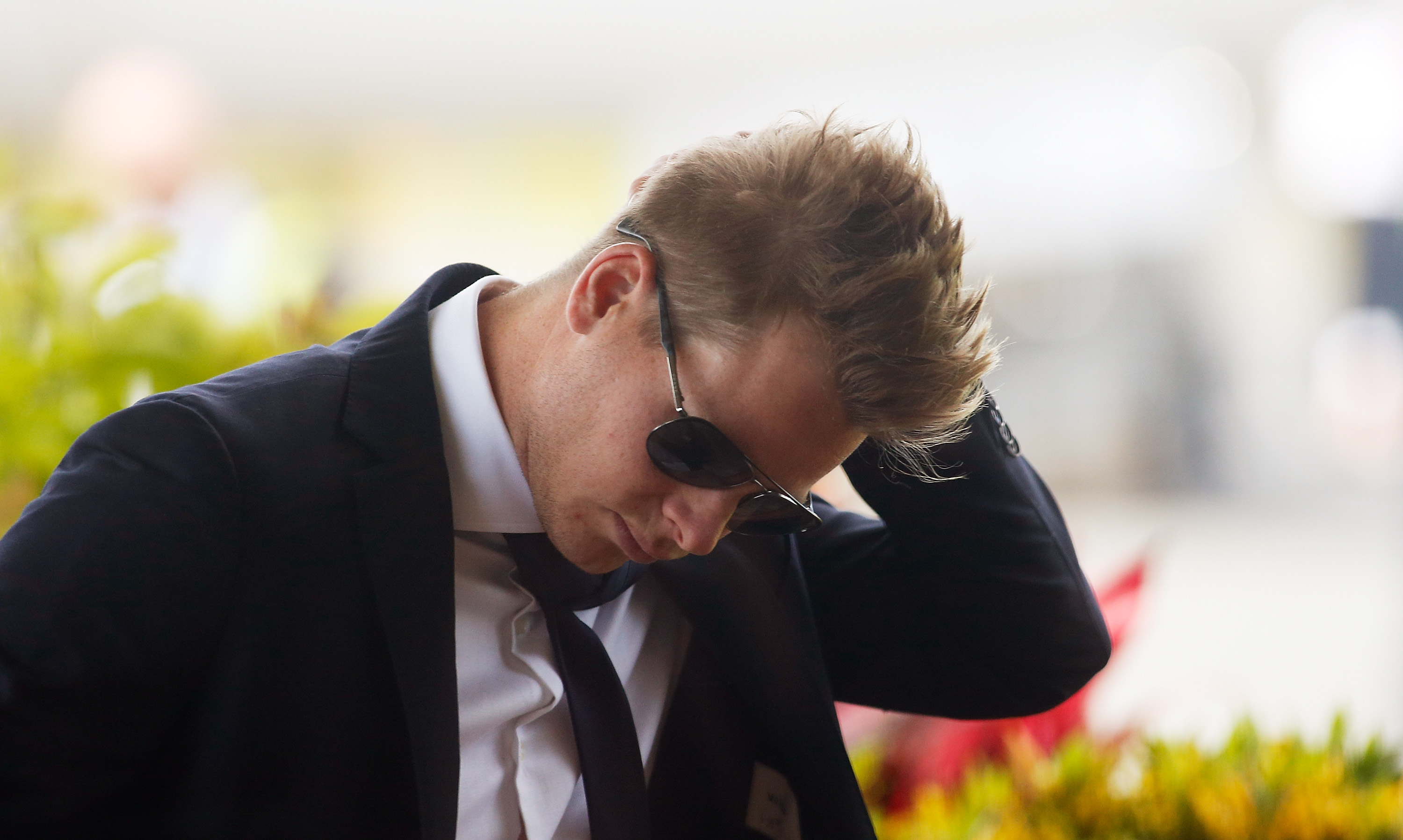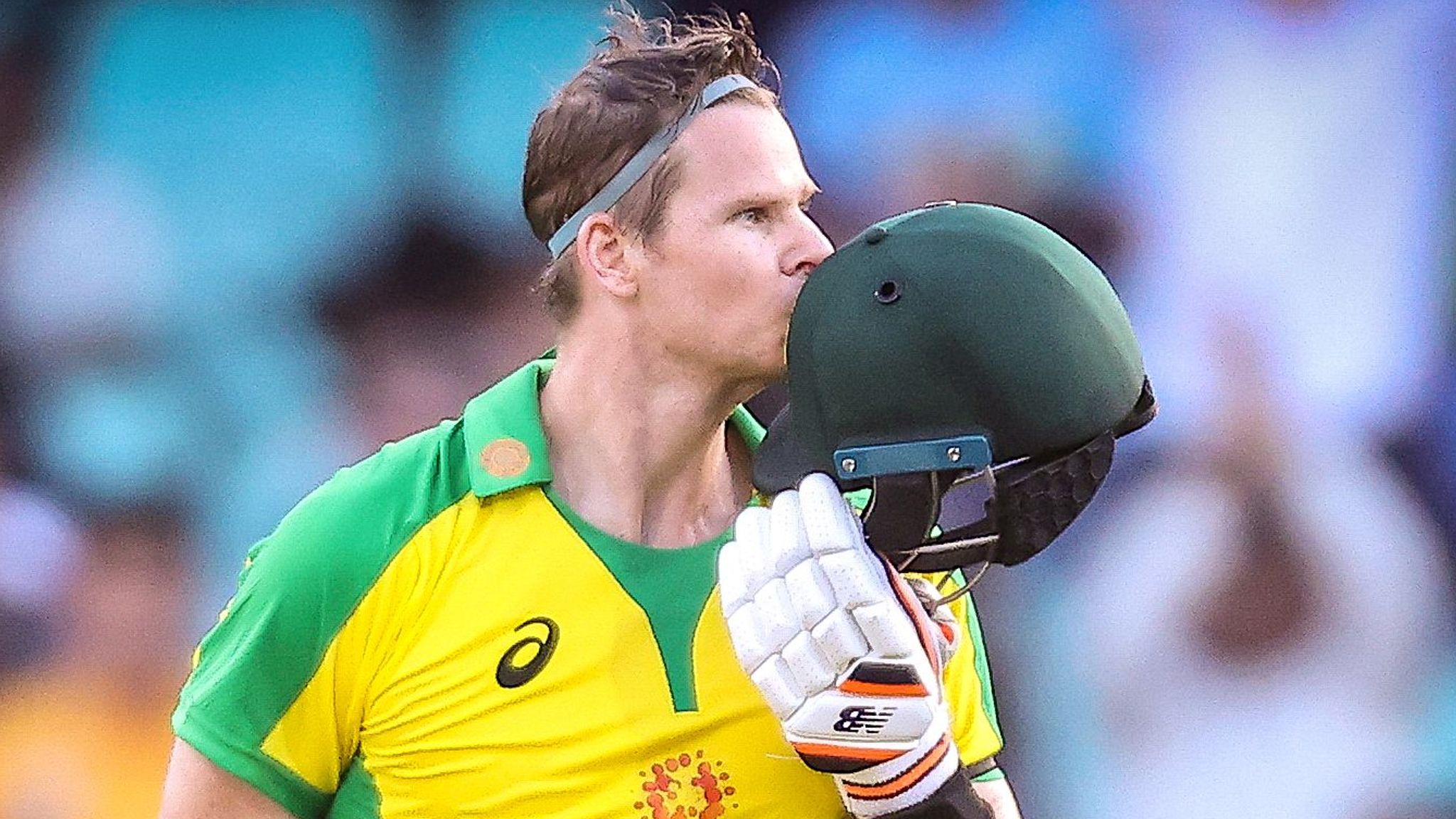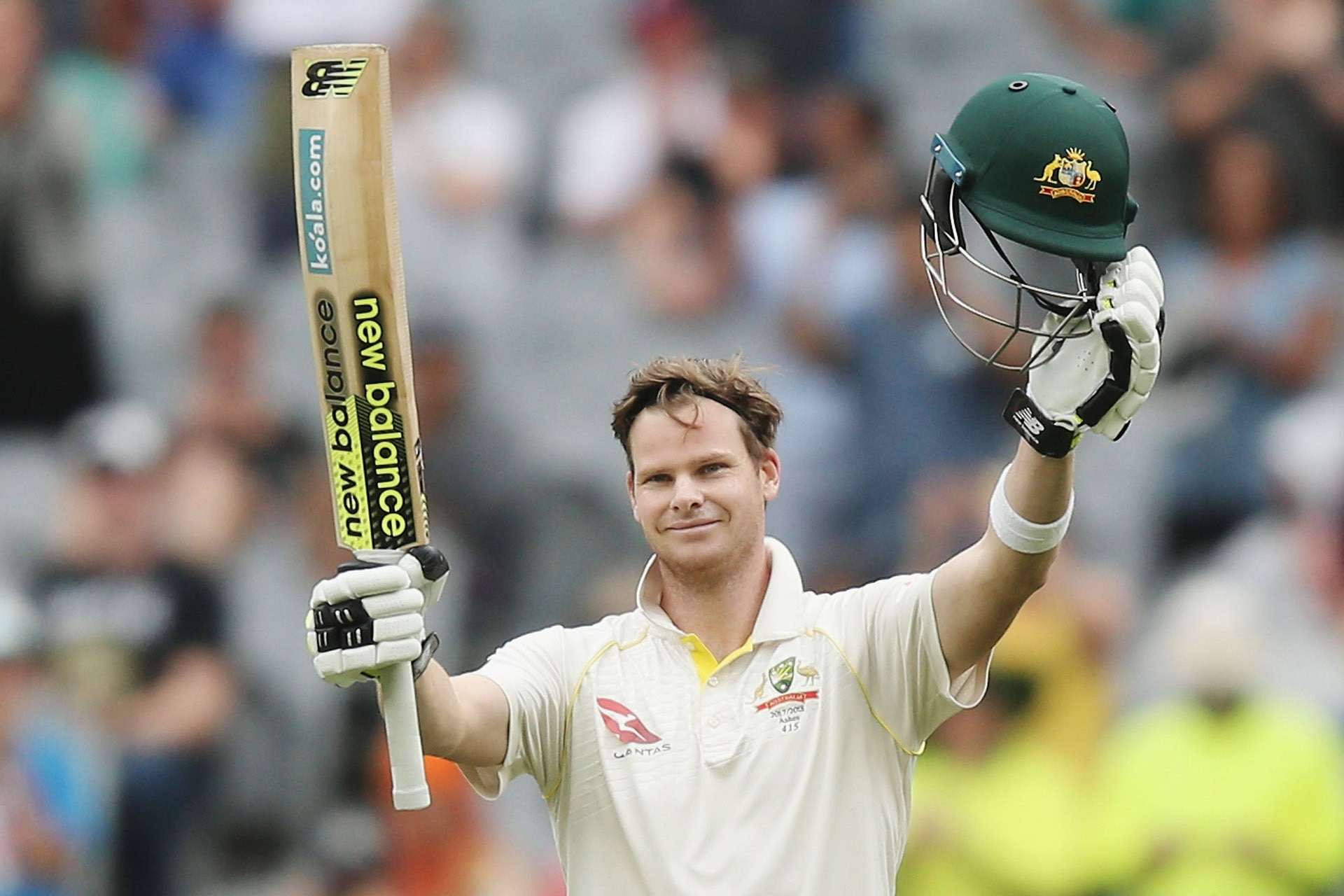When the Australian cricketer announced his foray into digital art, the response was mixed, to put it charitably.
So it has come to this. The coda to a long and storied history of Australian cricket memorabilia, from Don Bradman’s baggy green to Channel Nine’s deep vault of autographed ephemera: Steve Smith is becoming an NFT.
In an Instagram post at the tail end of last week, the Australian vice-captain announced a partnership with Glorious Digital, a New Zealand NFT studio launched by All Blacks great Dan Carter. The studio plans to release a range of digital collectibles this month, with collaborators like Crowded House’s Neil Finn and the estate of Kiwi portrait and landscape artist Rita Angus.
There’s no word on what Smith’s collection will contain just yet, but one can safely assume there will be no references to Sandpapergate, artistic or otherwise.
Presumably it will offer more than just photos of Smith staring pensively into the middle distance, as the Instagram post might suggest.
The price that devoted Smith-heads will end up forking out is also not clear, but Glorious Digital are currently selling a “founding membership” package for 0.75 Ethereum – or about $2,500.
The response to the announcement has been, to put it charitably, mixed. Amid the onslaught of emoji love hearts from Indian cricket fans, a number of Smith’s followers are unsettled. “This ain’t it, chief,” one comment reads. “Congrats on a massive grift,” reads another.
Smith is likely just searching for a way to eke out some more income from an audience hungry for collectibles and memorabilia. But, perhaps unknowingly, he has also stumbled into a burgeoning internet culture war. NFTs — or non-fungible tokens — have exploded into the mainstream over the last year, with clear battle lines drawn between passionate advocates and those who think they are, well, extremely stupid.
You’ve no doubt come across many stories by now explaining what NFTs are – here’s one from the Guardian – but the simple version is this: they are bits of data stored on the blockchain providing proof of ownership of some asset or another.

NFTs aren’t cryptocurrencies per se, but they’re in the same ballpark, and digital currencies like Ether are generally used to buy and sell them. They can represent ownership for all sorts of things, but the use that has captured the imagination of the internet and beyond is for digital art.
For the true believers, NFTs are the tip of the spear for an exciting new economic order centred around artists and creators. The future is online, they say, and soon the division between the internet and “reality” will atrophy away, generating boundless economic growth — and, finally, the possibility for those artists to be properly compensated for their work.
They envision a world where everything is associated with a corresponding blockchain token that can be sold, traded or lent out, from event tickets and club memberships to real estate.
Critics say that’s all self-justifying bullshit, and that we’re in the midst of a speculative frenzy not unlike the tulip mania that gripped The Netherlands back in the 17th century.
From this less charitable angle, the frothy NFT market is driven not by its potential to bring radical change to art and commerce but by a legion of housebound gamblers looking for ever more novel ways to secure their bag.
Once the tide goes out, the Covid fog clears, and a red-hot, overstimulated global economy cools off a little, the notion of paying large sums of money for a ledger entry, corresponding to an array of ones and zeroes, in turn corresponding to a link to a picture of a cricketer, will seem far less appealing, these critics argue.
Other critics, including many in Smith’s comment section, focus on the environmental impact of crypto mining, although Glorious Digital insists it is working to ensure the energy footprint of its ecosystem “operates at a bare minimum”.

Somewhere in the middle of these epic debates about the future of capitalism and the internet is something far more anodyne: brands and public figures trying to capture a slice of the pie, for good or ill.
That’s where we find Smith, along with a growing legion of sportspeople and other celebrities, trying to make a quick buck from an an audience that has shown itself willing to buy just about anything as long as it has been notched on the blockchain and offers the dim promise of big profits in the near future. There’s certainly money there. According to The Block Research, there were $2.2bn in sales volume across Ethereum-based exchanges in December alone.
It’s safe to say that Smith probably doesn’t personally have a bold vision of shaking up the art world, unless the growing army of NFT brand strategists have really gotten in his ear. It’s far more likely he sees his upcoming collection as akin to flogging an autographed bat.
But, in dipping his toe into this brave new world, he might find that digital collectibles are more politically fraught than a baggy green.
Read full story on The Guardian



